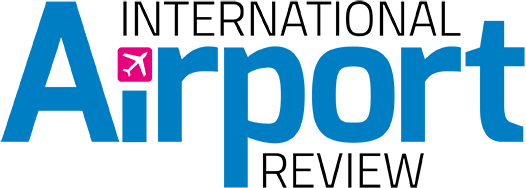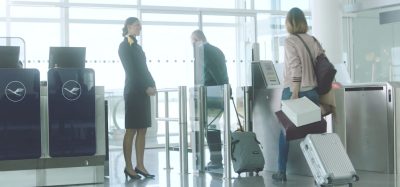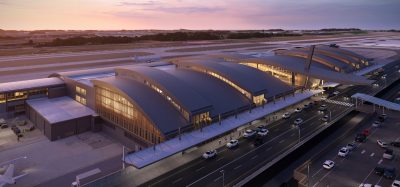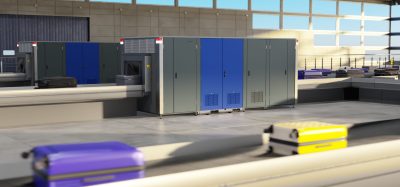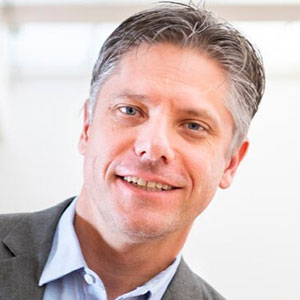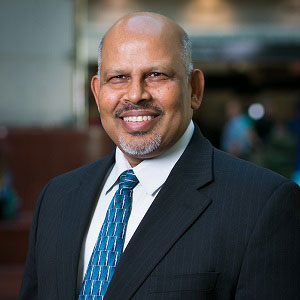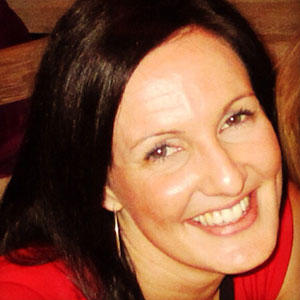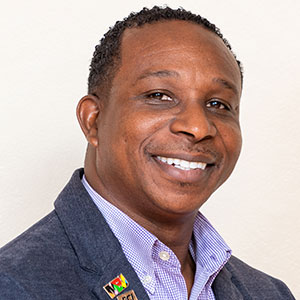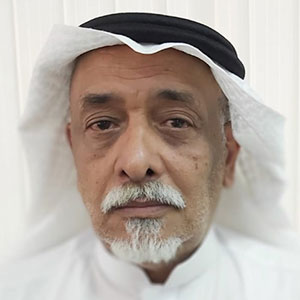Security Management Systems: balancing people, processes and technology
Posted: 15 October 2025 | Craig Kyson - Redline Assured Security | No comments yet
Digital tools are reshaping security, but technology alone isn’t sufficient. Craig Kyson examines how effective Security Management System (SeMS) relies on a careful balance of intelligent systems, well-defined processes, and skilled personnel: the ‘Golden Triangle’ at the core of robust and resilient security.
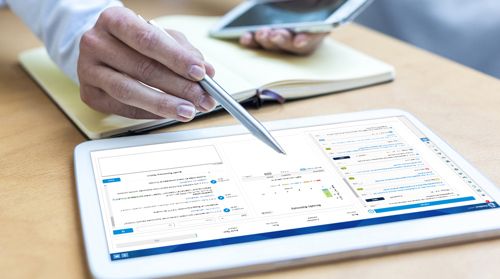

‘AI won’t replace you, but the person who knows how to use it will.’
This phrase is often cited in discussions about technology’s role in the future of work. But when it comes to building a fully digitised SeMS, the reality is more complex.
After years spent developing digital SeMS solutions, I can say with confidence that, no matter how advanced your technology, the strength of any security system relies on the interplay between technology, processes and, most importantly, people, which is sometimes referred to as the ‘Golden Triangle’.
Join our free webinar: Beyond Hype: Deploying Facial Recognition at National Scale
Revolutionising India’s travel experience through the Digi Yatra biometric programme
Air travel is booming, and physical infrastructure can’t keep up. India solved this capacity crisis with biometric identity management.
Join the architects behind the Digi Yatra Foundation and IDEMIA to deconstruct one of the world’s largest national biometric deployments. Move beyond marketing hype and learn the engineering reality of a fully contactless “Single Token” journey.
This briefing reveals the strategic framework, SSI (Self-Sovereign Identity) integration, and bottleneck analysis that enabled over 60 million seamless domestic journeys.
Date: 16 Dec | Time: 09:00 GMT
rEGISTER NOW TO SECURE YOUR SPOT
Can’t attend live? No worries – register to receive the recording post-event.
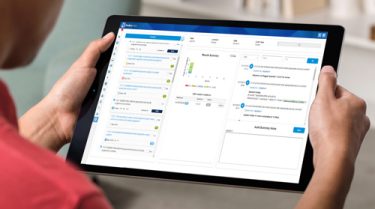

The irreplaceable human element
In safety and security, people always matter. No algorithm can match the nuance of human judgement, or the assurance provided by a well-trained presence. Whether managing a packed stadium or a complex transport hub, the goal of digitisation should be to make security more human, not less.
Consider the latest surveillance systems, capable of detecting emotions or unusual behaviour, or X-ray machines that can identify threats. These tools are powerful, but they do not eliminate the need for human oversight, judgement and context. In fact, without that human element, they risk becoming fragile and misleading. Technology can alert us to potential threats, but it is people who interpret and respond. Overreliance on automation can create a dangerous illusion of control, especially in high-risk environments where adaptability matters most.
Beyond tools: building a resilient system
SeMS is not just a collection of digital tools. It is a flexible framework shaped by collaboration, communication and culture. Without clear communication and a culture that values vigilance and responsibility, even the smartest technology can become a weak link. Human factors are the connective tissue that transform individual mitigations into a resilient, adaptive system.
Technological innovation has always brought disruption, often leading to job losses. Yet, it is also fundamental to progress, enabling us to achieve more than ever before. As AI and automation take on greater roles in decision-making, the key question becomes: What do our security staff need to stay ahead and keep us safe? This question becomes even more urgent when bad actors have access to increasingly powerful tools, often quicker than we do.
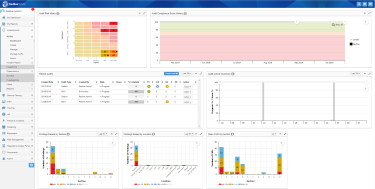

Empowering people through technology
As highlighted in a recent article by our Managing Director, Steve McMenemy, policies and procedures alone won’t prevent the next major threat if we fail to invest in frontline security staff. I would add that neither will technology alone. In a rapidly evolving threat landscape, we don’t just need to keep up; we need to stay ahead.
Whenever you consider new technology, the most important question should always be: How does this empower the people responsible for keeping us safe?
The future: people-centric digitisation
So, can SeMS be fully digitised? Not entirely. But by ensuring people remain at the centre, we can create systems that are more effective, resilient and responsive. At Redline, this philosophy underpins our digital platforms, including the SeMS Add-in, designed to deliver quality assurance, structured feedback, and a culture of vigilance and continuous improvement.
Crucially, we also provide frontline teams with practical tools that strengthen their decision-making:
- Standardised Image Interpretation Test (SIIT): Measuring and monitoring X-ray screeners’ performance with objective, quality-assured metrics
- Threat Image Recognition Training (TIRT 2D & 3D): Sharpening X-ray screeners’ ability to identify concealed threats under real-world pressures
- Digital SeMS solutions: Enabling organisations to capture, analyse and act on security performance insights in real time
Together, these tools do not replace the human element; they enhance it. Technology provides clarity, consistency and scalability, while people provide judgement, adaptability and assurance. The real value lies in combining them effectively.
Conclusion
Despite all the noise around AI, security still begins and ends with people. As your technology partner, Redline can provide the products and services to strengthen your security framework, but ensuring your staff are confident, vigilant and effective is a shared responsibility. With the right balance of people, processes and technology, we can build security systems that are not just digitised, but truly resilient.
We’re here to support you every step of the way.
For more on Redline’s approach to security, visit trustredline.co.uk.
Stay Connected with International Airport Review — Subscribe for Free!
Get exclusive access to the latest airport and aviation industry insights from International Airport Review — tailored to your interests.
✅ Expert-Led Webinars – Gain insights from global aviation leaders
✅ Weekly News & Reports – Airport innovation, thought leadership, and industry trends
✅ Exclusive Industry Insights – Discover cutting-edge technologies shaping the future of air travel
✅ International Airport Summit – Join our flagship event to network with industry leaders and explore the latest advancements
Choose the updates that matter most to you.
Sign up now to stay informed, inspired, and connected — all for free!
Thank you for being part of our aviation community. Let’s keep shaping the future of airports together!
Related topics
Aircraft, Airport construction and design, Artificial intelligence (AI), Baggage handling, In-flight activity, New technologies, Operational efficiency
